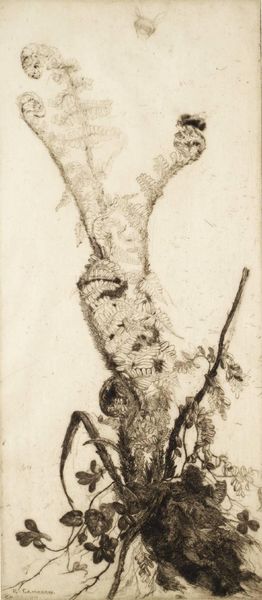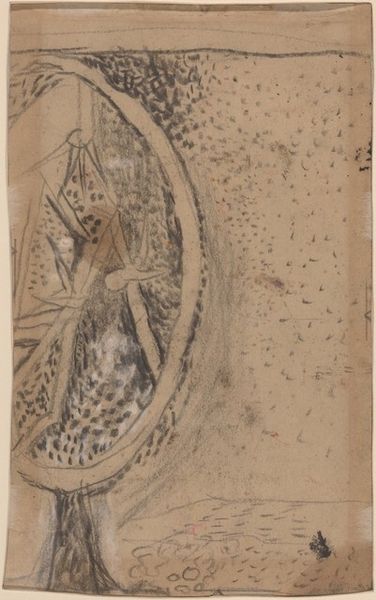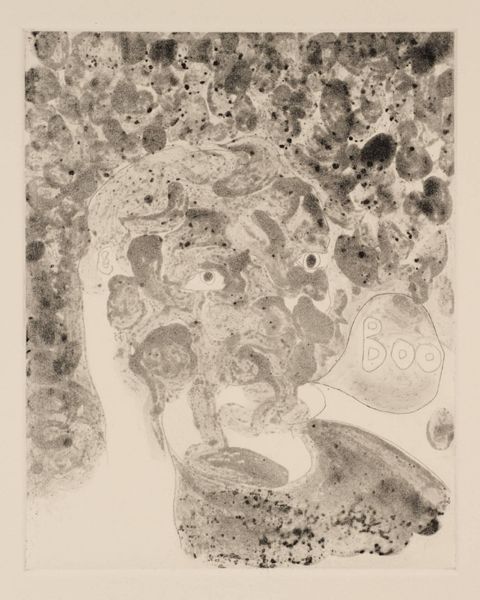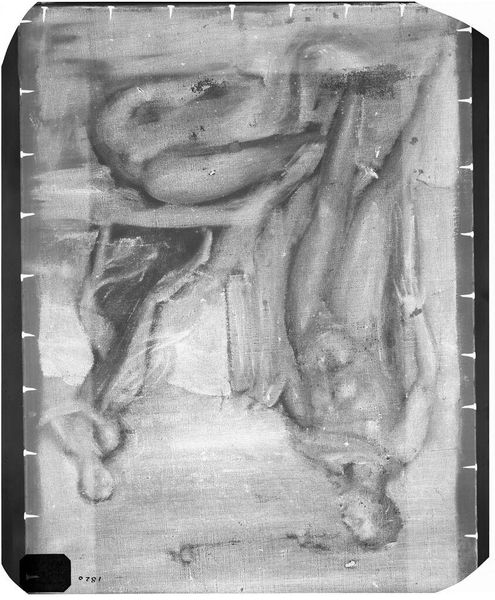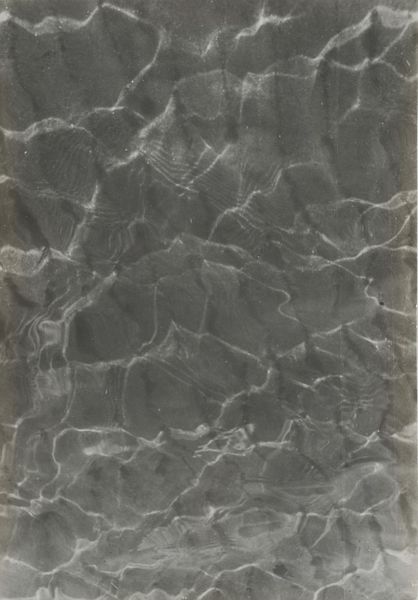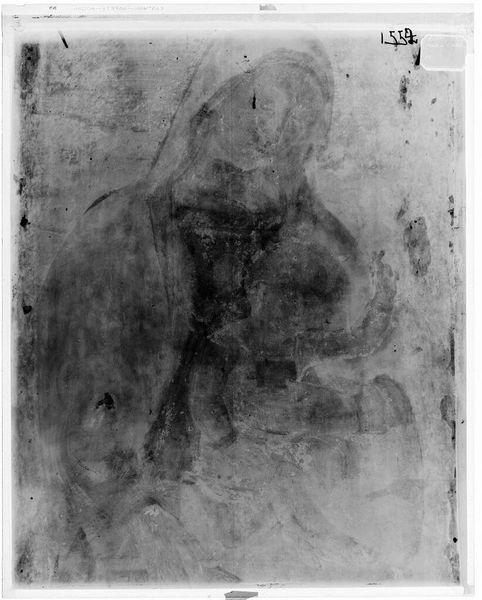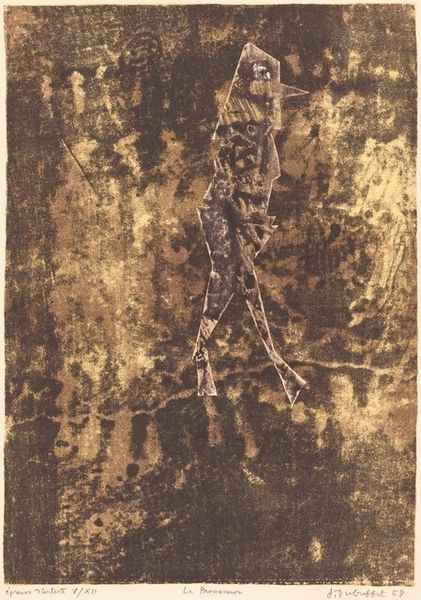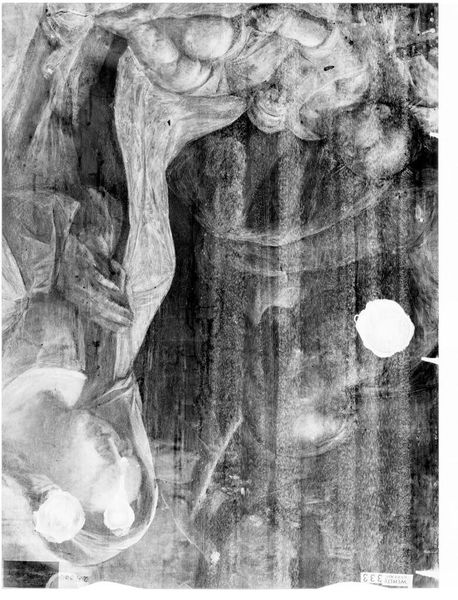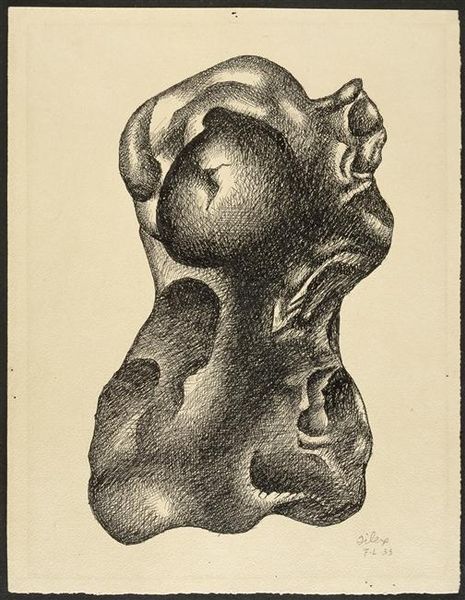
Dimensions: sheet: 40.1 x 29.9 cm (15 13/16 x 11 3/4 in.)
Copyright: CC0 1.0
Curator: My first impression is…wow, this is eerie! Is that…a distorted hand reaching out from some dreamscape? Editor: Indeed! This photogram is entitled "Figurativ," and it comes from Chargesheimer’s book, "Lightgraphics, Monoscriptures." It’s now part of the Harvard Art Museums collection, printed on a sheet measuring about 40 by 30 centimeters. Curator: "Lightgraphics," huh? It's a fitting title. The patterns evoke cellular structures, but also maybe geological formations, like cracked earth or petrified wood. Does it represent decay or transformation, perhaps? Editor: Precisely! Chargesheimer was deeply interested in the alchemical nature of photography – its capacity to reveal the unseen and transmute reality. Look at how he’s layered these textures; each element seems to be in conversation with the others. Curator: It makes me think about the impermanence of the body, how we're just fleeting patterns in a much larger, eternal picture. Editor: And isn't that the power of symbols? They remind us that we're connected to a history far grander than our own individual experience. Curator: Absolutely! It is all just a game of light, shadow and perception. Thanks for showing me this. Editor: A truly remarkable piece, Chargesheimer's work reminds us that art is not just about what we see, but also about what we feel and remember.
Comments
No comments
Be the first to comment and join the conversation on the ultimate creative platform.

